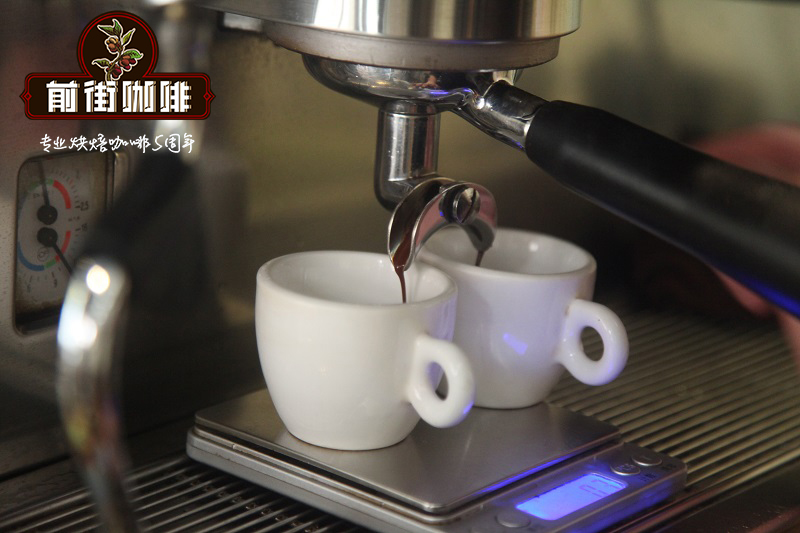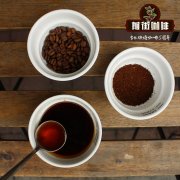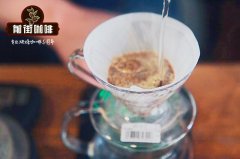Introduction of coffee beans at Gaterama Gatruma Manor in Burundi. How can Burundian coffee be made good?

Professional coffee knowledge exchange more coffee bean information please follow the coffee workshop (Wechat official account cafe_style)
CREMA TREKKERS: exploring the NKONGWE HILL of Burundi in MUYANGE
Nkongwe Hill,Muytange single Origin of Burundi
Introduction of Burundian coffee beans
Burundian coffee beans from a single source are natural bourbon species and grow in the Gitega area of the Gaterama treatment plant. Growing at an altitude of about 1700-1900 meters above sea level, only the most mature cherries are processed.
Bourbon is the parent of various Arabica varieties, named after and based on the island of Bourbon (now known as Reunion). It is a short tree with many secondary branches and an average of 25% more coffee than the Typica variety. Bourbon is known for its unique sweet / acid balance and is considered a classic daily coffee by many producers and roasters.
Burundian coffee is best suited for other brewing methods, including Pour Over,Chemex and French Press. These methods tend to produce a better acid / sweet balance in coffee.
Cup test notes: low acidity and soft body, pomegranate, red berry and melon, as well as caramel and chocolate.
NKONGWE HILL,MUYANGE-BURUNDI
The Muyange and Nkongwe Hills growing areas are located in the Bugendana area and their cherries are treated at the Gaterama washing station. The quality of Burundian coffee is improving, and in order to ensure the quality of the coffee, farmers in the region can only pick the most mature cherries before processing. Arabica bourbon grape varieties are grown as cash crops in most of the country's coffee industry.
Burundi has about 800000 coffee growers / producers, and the industry accounts for about 80 per cent of the country's export earnings. Most farms across the country plant between 50 and 250 trees, which is not enough for farmers to engage in direct trade, which means that farmers take their cherries to cooperatives and washing stations for processing and export.
Burundi is a natural coffee growing area, with plenty of elevation mountains, volcanic soil nutrients and mist cover protection, all near the equator. This creates conditions for the rapid development of specialty coffee in the region, earns more money for farmers, and is still a good price for end customers. High-growth coffee from the provinces of Kayanza,Ngozi and Muyange (also spelled Muyinga) is beginning to build up a reputation in the foreign coffee industry. The increase in demand for specialty coffee also means that farmers are reviewing their practices and paying more attention to crops to increase yields.
For example, Gaterama cleaning stations are working with farmers to obtain organic certification. New trees have been planted and planted organically, and when the trees are planted and ready for the first harvest, the station will receive organic certification within three years. In this pursuit, they are training their farmers to devote themselves to organic agricultural technology.
The station also uses Kenyan double fermentation technology to extract sweetness and fruit flavor and increase the high acidity of Burundian coffee.
Burundian Coffee Raw Bean processing
The typical processing method in Burundi is similar to that in Kenya, where the pulping is removed for about 12 hours for "dry fermentation" and then soaked in mountain water for 12-14 hours. Float the coffee to classify the density, then soak for another 12-18 hours, then dry with parchment on a raised bed.
END
Important Notice :
前街咖啡 FrontStreet Coffee has moved to new addredd:
FrontStreet Coffee Address: 315,Donghua East Road,GuangZhou
Tel:020 38364473
- Prev

Burundian Coffee Guide-Burundian Coffee producing area introduction _ how to buy Burundian Coffee beans
Professional coffee knowledge exchange more coffee bean information Please follow Coffee Workshop (Wechat official account cafe_style) exquisite Burundian single source coffee with clean, delicate taste, rich body and acidity, according to cupping notes. Coffee reviews show that Burundian coffee has a sweet berry flavor, with floral and berry-like aromas. Region: Kayanza
- Next

Bob Burundian Gatru Maruna West Sun bourbon Coffee Bean introduction _ Burundian Coffee Bean roasting
For more information on coffee beans, please follow the Coffee Workshop (official Wechat account cafe_style). This Burundian coffee comes from a private farm and wet mill in the village of Gaterama in Gitega. The Mubalazi River passes through the area, providing clean water for wet treatment, although the honey process uses very few resources. This area is limited, mainly using bourbon.
Related
- Detailed explanation of Jadeite planting Land in Panamanian Jadeite Manor introduction to the grading system of Jadeite competitive bidding, Red bid, Green bid and Rose Summer
- Story of Coffee planting in Brenka region of Costa Rica Stonehenge Manor anaerobic heavy honey treatment of flavor mouth
- What's on the barrel of Blue Mountain Coffee beans?
- Can American coffee also pull flowers? How to use hot American style to pull out a good-looking pattern?
- Can you make a cold extract with coffee beans? What is the right proportion for cold-extracted coffee formula?
- Indonesian PWN Gold Mandrine Coffee Origin Features Flavor How to Chong? Mandolin coffee is American.
- A brief introduction to the flavor characteristics of Brazilian yellow bourbon coffee beans
- What is the effect of different water quality on the flavor of cold-extracted coffee? What kind of water is best for brewing coffee?
- Why do you think of Rose Summer whenever you mention Panamanian coffee?
- Introduction to the characteristics of authentic blue mountain coffee bean producing areas? What is the CIB Coffee Authority in Jamaica?

